D15 VTEC Honda Civic 1.6 SOHC JDM Replacement D16Y7 Engine D15B OBD2: A Complete Guide
The Honda Civic is one of the most popular and beloved compact cars globally, known for its reliability, performance, and ease of maintenance. The D15 and D16 series engines are part of Honda’s well-regarded family of small-displacement engines, commonly found in various models of the Civic. These engines have earned a reputation for their longevity, fuel efficiency, and ability to handle modifications, making them a popular choice among car enthusiasts and tuners.
In this article, we’ll explore the details of the D15 VTEC Honda Civic 1.6 SOHC JDM engine, specifically looking at the D16Y7 engine and its replacement options, as well as the D15B OBD2 engine. We’ll break down the specifications, performance, and installation aspects of these engines, and answer some frequently asked questions about them.
Overview of the D15 VTEC Honda Civic 1.6 SOHC Engine
The D15 VTEC engine is a small 1.5-liter, single overhead camshaft (SOHC) engine that has been used in various Honda models, particularly the Civic. While the D15 is a reliable engine, it does not have the advanced VTEC (Variable Valve Timing and Lift Electronic Control) system that is found in later D-series engines like the D16. This made the D16 series a popular upgrade for enthusiasts who wanted more performance without significant modifications.
The D16Y7 engine is part of the D16 series and is a common choice for replacing the D15 in the Honda Civic. It is a 1.6-liter SOHC engine with a single-stage VTEC system, making it more powerful than its D15 predecessors. The D16Y7 engine was primarily used in the 1996-2000 Honda Civic models, offering more power and better fuel efficiency than the previous generation D15 engines.
The D15B OBD2 engine is another variant often used in Honda Civics. It is a 1.5-liter engine that meets the OBD2 emissions standards, which were implemented in the late 1990s and early 2000s. OBD2 (On-Board Diagnostics 2) is an automotive industry standard that provides advanced diagnostics and emissions control. It is essential to ensure compatibility with modern emissions systems when replacing older engines.
Key Specifications of the D16Y7 and D15B OBD2 Engines
Here’s a breakdown of the specifications for both engines to help you understand the differences and similarities:
D16Y7 Engine:
- Engine Type: 1.6L DOHC (Dual Overhead Cam) engine
- VTEC: Single-stage VTEC
- Compression Ratio: 9.4:1
- Power Output: Approximately 106 horsepower @ 6,200 rpm
- Torque: Around 103 lb-ft @ 4,400 rpm
- Fuel System: Multi-Point Fuel Injection (MPFI)
- Applications: 1996-2000 Honda Civic (varies by region)
- ECU: OBD2 (On-Board Diagnostics II)
D15B OBD2 Engine:
- Engine Type: 1.5L SOHC engine
- VTEC: Single-stage VTEC (varies depending on specific variant)
- Compression Ratio: 9.1:1 (varies by specific model)
- Power Output: 92-102 horsepower (depending on variant)
- Torque: Around 100 lb-ft
- Fuel System: MPFI
- Applications: Various 1996-2000 Honda Civics (JDM variants)
- ECU: OBD2-compliant
Benefits of Replacing the D15 with a D16Y7 Engine
Many Honda Civic owners choose to replace their D15 engine with the D16Y7 engine for various reasons:
- Increased Power: The D16Y7 engine provides more horsepower and torque than the D15, making it a significant upgrade for performance.
- Better Fuel Efficiency: Despite the power increase, the D16Y7 maintains excellent fuel efficiency, which is a hallmark of the Civic.
- VTEC Advantage: The single-stage VTEC system in the D16Y7 improves engine efficiency and performance by adjusting the camshaft timing at higher RPMs.
- Reliability and Longevity: Both the D16Y7 and D15B OBD2 engines are known for their durability and long lifespan, often reaching high mileage with proper maintenance.
Installation Considerations for Replacing the D15 with a D16Y7
Replacing the D15 with a D16Y7 engine requires some technical knowledge and mechanical skills. The following factors must be considered:
- Engine Mounts: The engine mounts for the D16Y7 may differ slightly from those of the D15, so you might need to modify or replace them for proper fitment.
- Wiring Harness: Ensure that the wiring harness from the D16Y7 matches your vehicle’s electrical system. Some modifications may be needed for the ECU and sensors.
- Exhaust System: The exhaust manifold from the D15 may need to be replaced to accommodate the D16Y7, as the bolt patterns and design may differ.
- Cooling System: Ensure that the cooling system (radiator and hoses) is compatible with the D16Y7 engine. The larger engine may require better cooling capacity.
D15B OBD2 Engine Compatibility and Replacement
The D15B OBD2 engine is another option for replacement in various Honda models. It offers similar benefits to the D16Y7, though it is typically found in different markets, particularly in Japan. The D15B engine has a strong reputation for being a reliable, low-maintenance option, and its compatibility with OBD2 standards makes it a good choice for emissions-compliant regions.
FAQs
1. Can I swap a D15 engine with a D16Y7 engine?
Yes, the D16Y7 engine is a popular replacement for the D15 in the Honda Civic. However, the swap may require some adjustments to the wiring, engine mounts, and exhaust components. It’s important to ensure compatibility with your vehicle’s ECU and sensors.
2. Is the D16Y7 engine a direct swap for the D15?
In most cases, yes, the D16Y7 engine is a direct swap for the D15 engine. However, as mentioned earlier, modifications to the engine mounts, wiring harness, and exhaust system may be necessary.
3. What is the difference between the D15B and the D16Y7 engines?
The main difference lies in the displacement and power output. The D16Y7 is a 1.6-liter engine with single-stage VTEC, while the D15B is a 1.5-liter engine with variations in VTEC. The D16Y7 typically offers more horsepower and torque compared to the D15B.
4. How do I know if my engine is OBD2-compliant?
To check if your engine is OBD2-compliant, you can inspect the ECU for an OBD2 connector or look for labels on the engine components indicating compatibility with OBD2. If your vehicle is from 1996 or later, it’s likely OBD2-compliant.
5. What performance modifications can I make to the D16Y7 engine?
Popular modifications for the D16Y7 include upgrading the intake and exhaust systems, adding a performance camshaft, increasing the fuel system’s capacity, and tuning the ECU for higher performance. You can also consider forced induction (turbocharging or supercharging) for even more power.
Conclusion
The D15 VTEC Honda Civic 1.6 SOHC JDM Replacement D16Y7 Engine and the D15B OBD2 Engine offer great options for anyone looking to upgrade or replace their engine. These engines are reliable, offer better performance than the D15, and are excellent choices for both stock replacements and performance builds. Whether you are looking to maintain your Civic’s reliability or unleash some extra horsepower, the D16Y7 and D15B engines provide the perfect balance of power, efficiency, and durability.
With proper installation, maintenance, and modifications, these engines can offer years of reliable service while enhancing the overall driving experience of your Honda Civic.

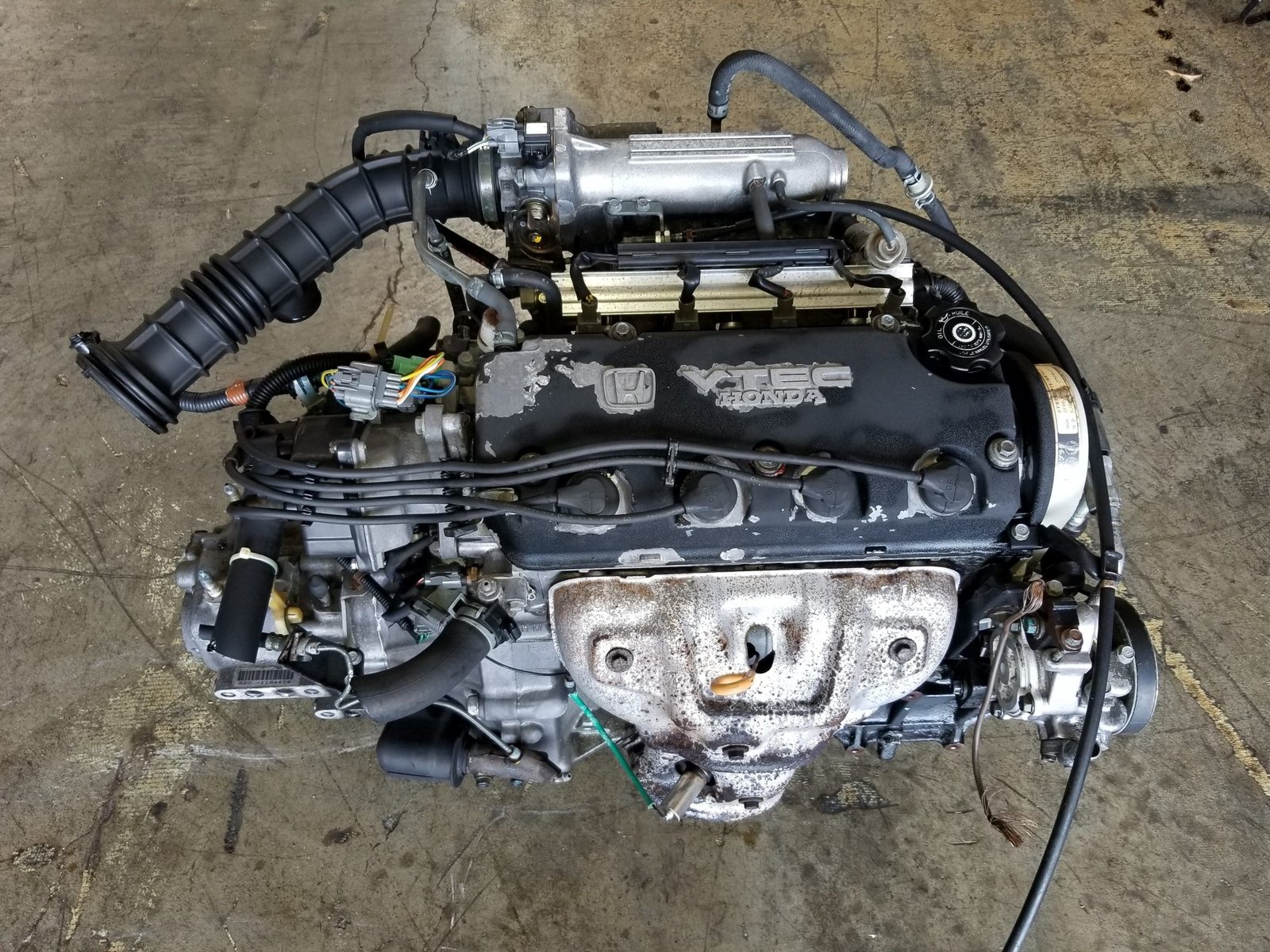
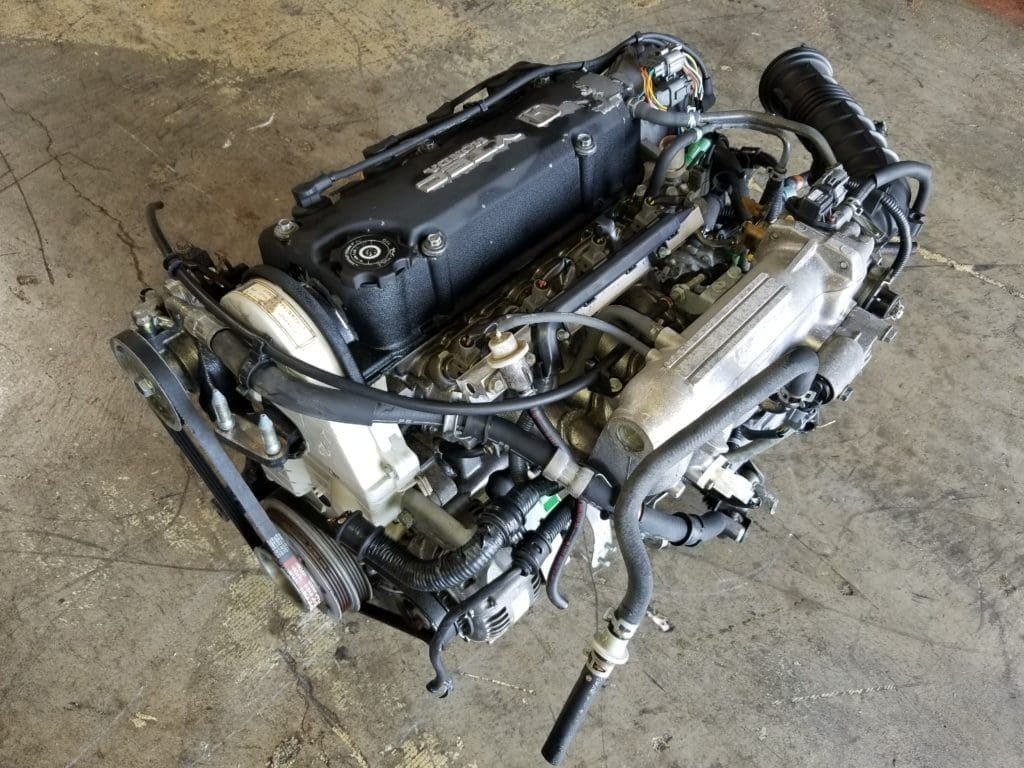
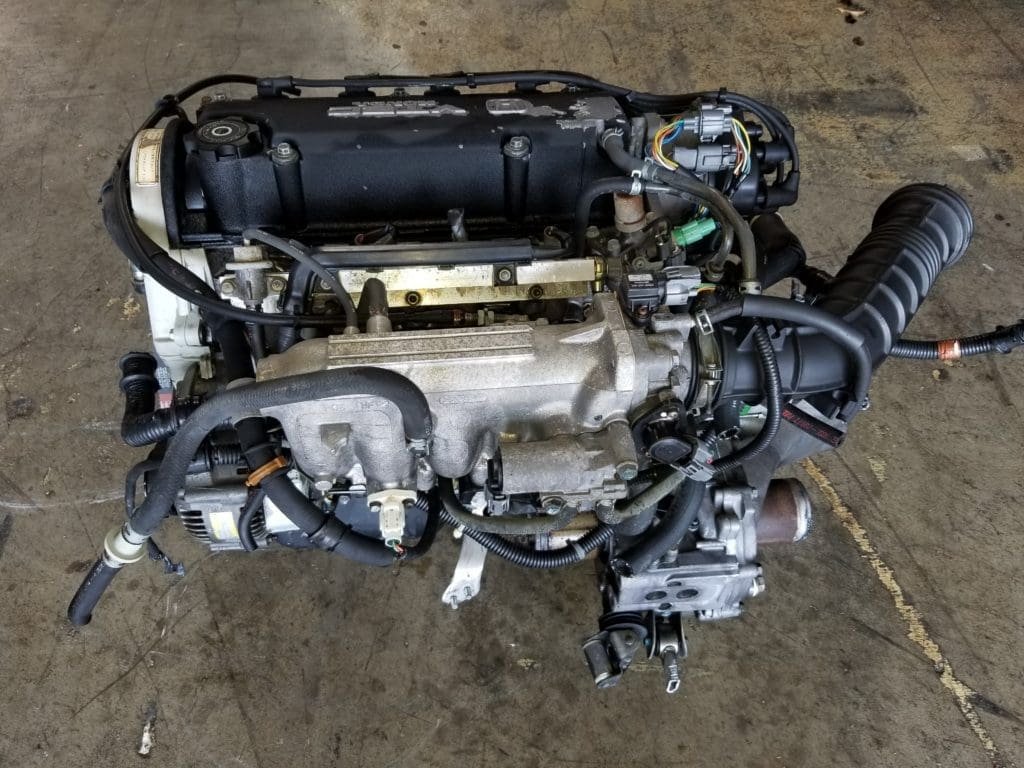
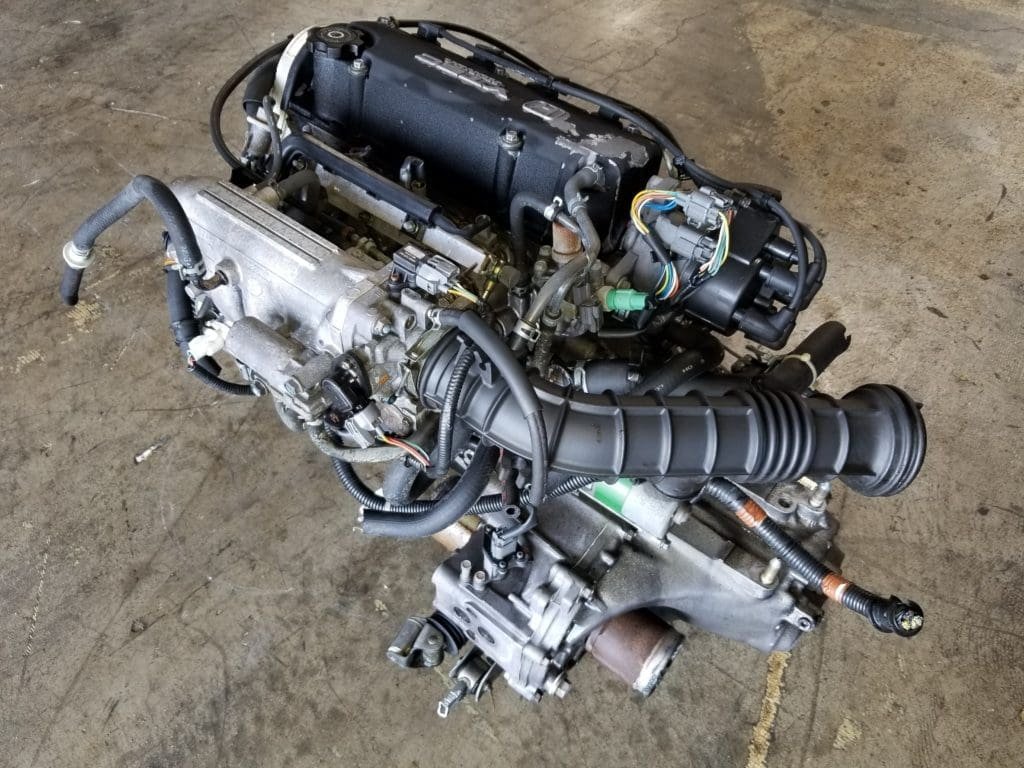
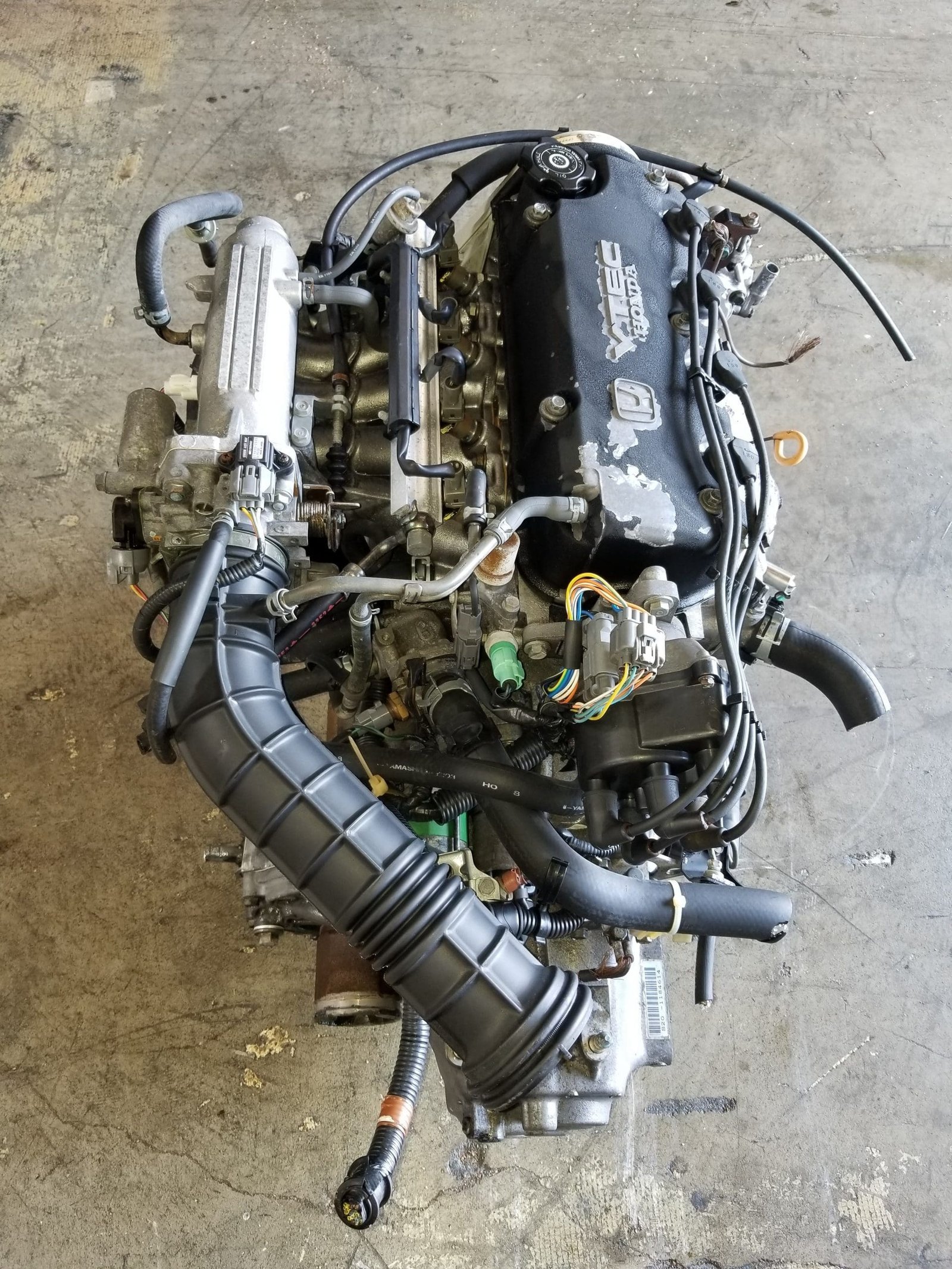

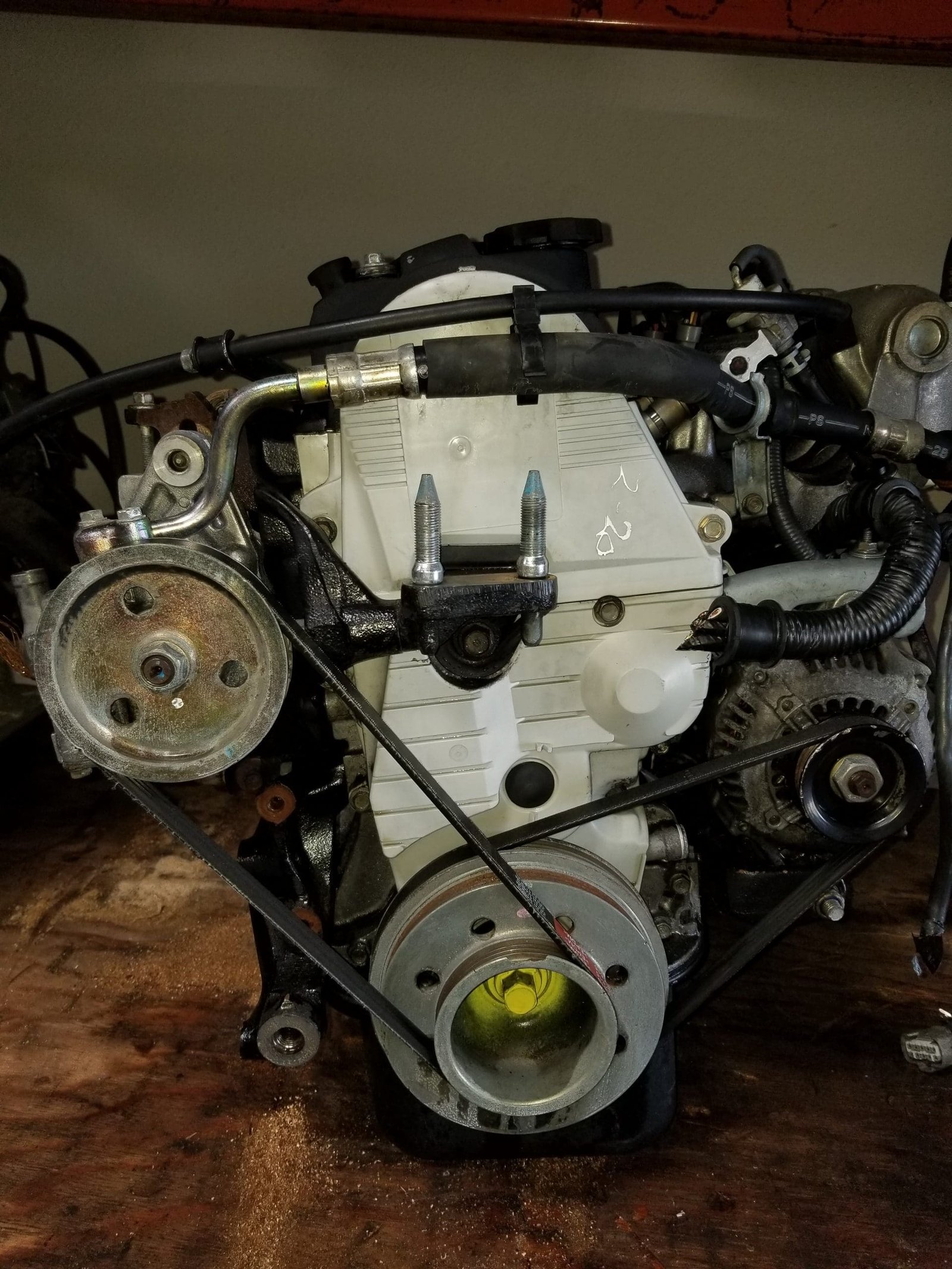
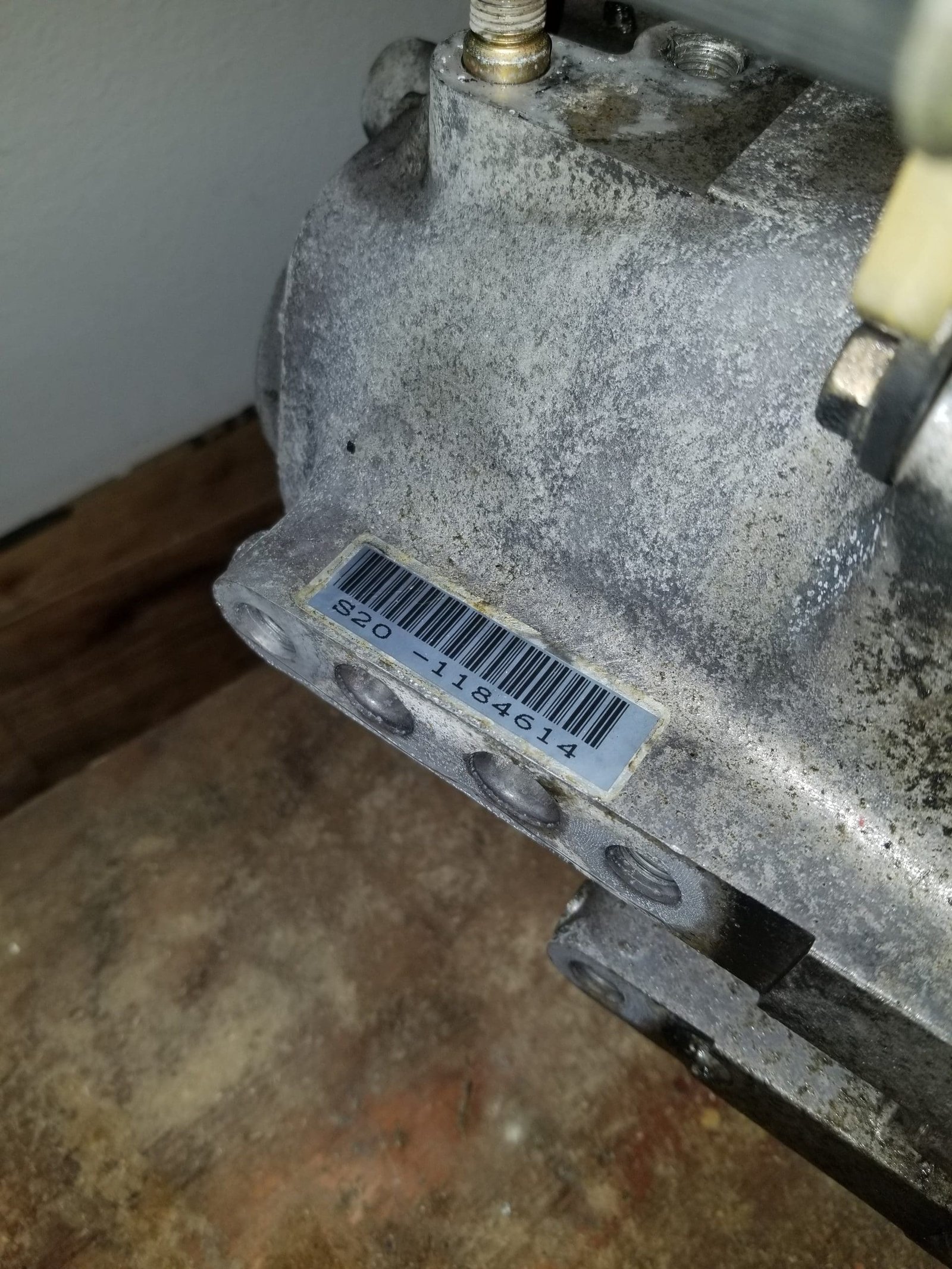
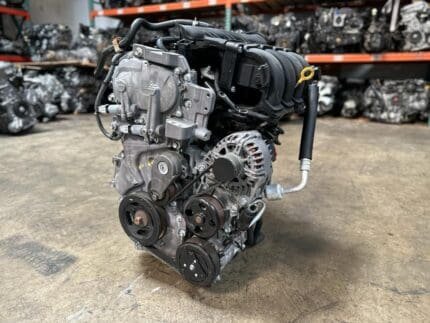
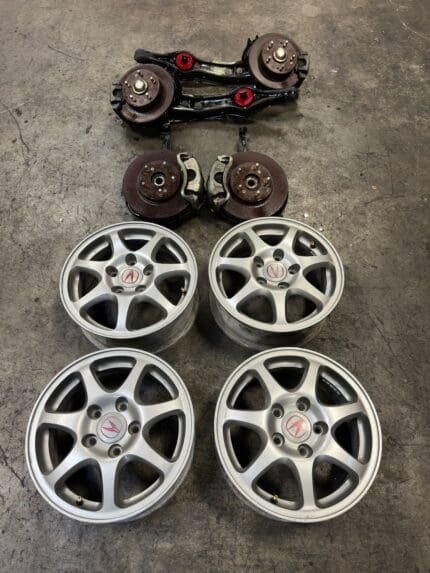

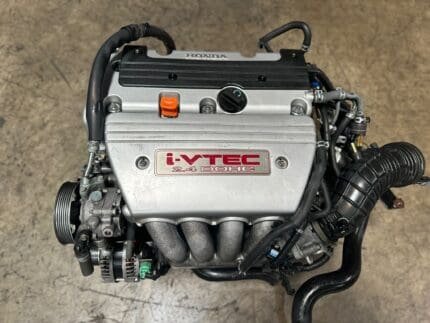

Reviews
There are no reviews yet.